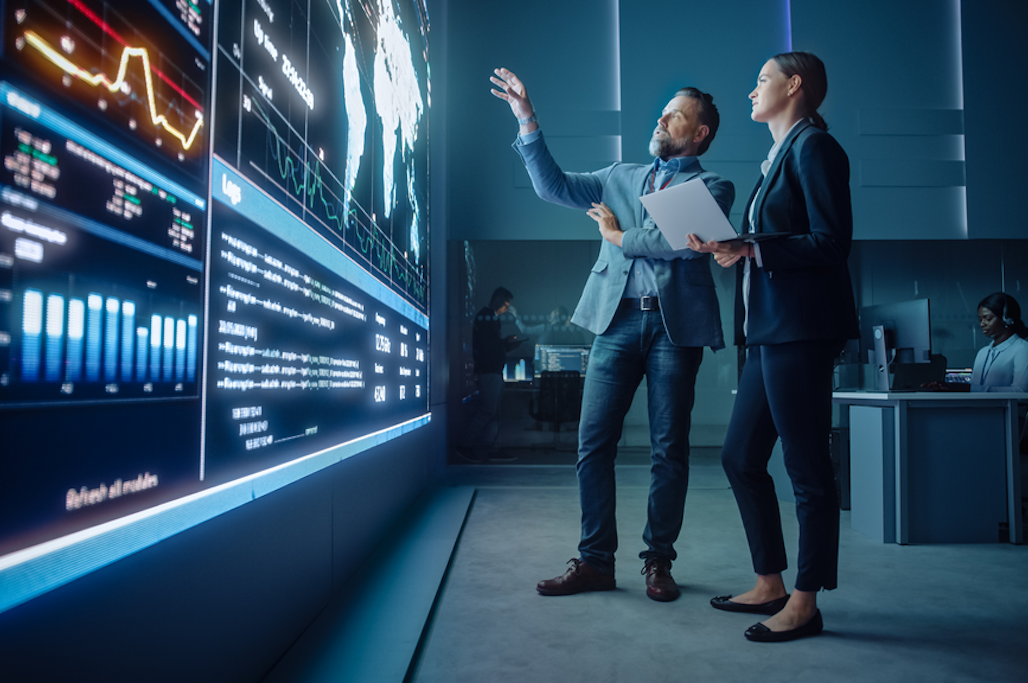IQVIA Vigilance Platform is our secure SaaS environment built to simplify safety and PV processes, while boosting speed, accuracy, and efficiency.
-
Americas
-
Asia & Oceania
-
A-I
J-Z
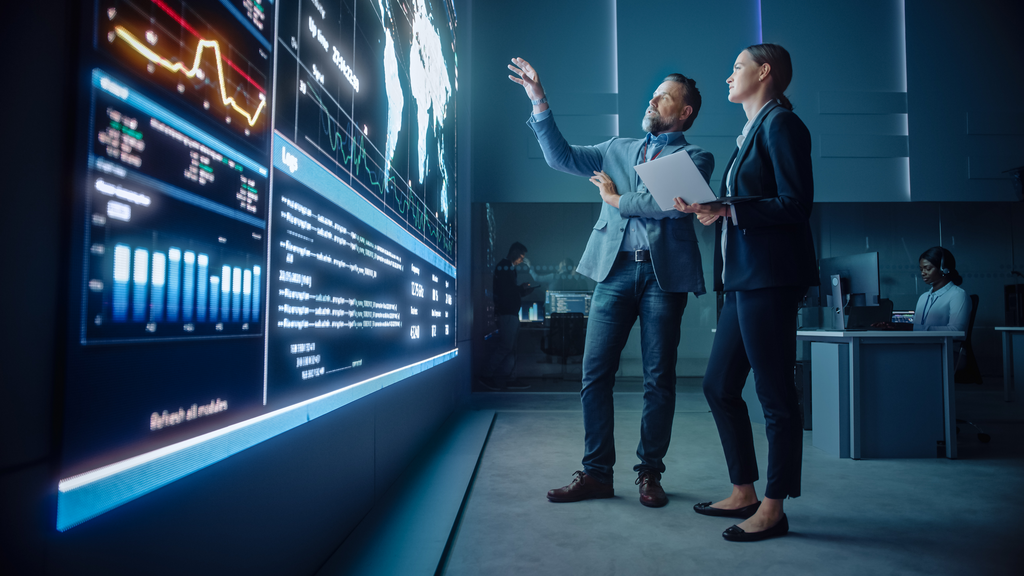
EMEA Thought Leadership
Developing IQVIA’s positions on key trends in the pharma and life sciences industries, with a focus on EMEA.
Learn more -
Middle East & Africa

EMEA Thought Leadership
Developing IQVIA’s positions on key trends in the pharma and life sciences industries, with a focus on EMEA.
Learn more
Regions
-
Americas
-
Asia & Oceania
-
Europe
-
Middle East & Africa
-
Americas
-
Asia & Oceania
-
Europe
Europe
- Adriatic
- Belgium
- Bulgaria
- Czech Republic
- Deutschland
- España
- France
- Greece
- Hungary
- Ireland
- Israel
- Italia

EMEA Thought Leadership
Developing IQVIA’s positions on key trends in the pharma and life sciences industries, with a focus on EMEA.
Learn more -
Middle East & Africa

EMEA Thought Leadership
Developing IQVIA’s positions on key trends in the pharma and life sciences industries, with a focus on EMEA.
Learn more
SOLUTIONS
-
Research & Development
-
Real World Evidence
-
Commercialization
-
Safety & Regulatory Compliance
-
Technologies
LIFE SCIENCE SEGMENTS
HEALTHCARE SEGMENTS
- Information Partner Services
- Financial Institutions
- Global Health
- Government
- Patient Associations
- Payers
- Providers
THERAPEUTIC AREAS
- Cardiovascular
- Cell and Gene Therapy
- Central Nervous System
- GI & Hepatology
- Infectious Diseases and Vaccines
- Oncology
- Pediatrics
- Rare Diseases
- View All

Impacting People's Lives
"We strive to help improve outcomes and create a healthier, more sustainable world for people everywhere.
LEARN MORE
Harness the power to transform clinical development
Reimagine clinical development by intelligently connecting data, technology, and analytics to optimize your trials. The result? Faster decision making and reduced risk so you can deliver life-changing therapies faster.
Research & Development OverviewResearch & Development Quick Links
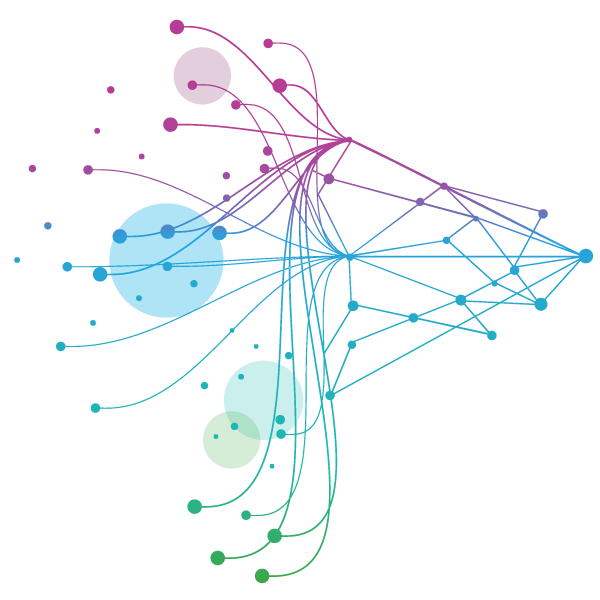
Real World Evidence. Real Confidence. Real Results.
Generate and disseminate evidence that answers crucial clinical, regulatory and commercial questions, enabling you to drive smarter decisions and meet your stakeholder needs with confidence.
REAL WORLD EVIDENCE OVERVIEWReal World Evidence Quick Links
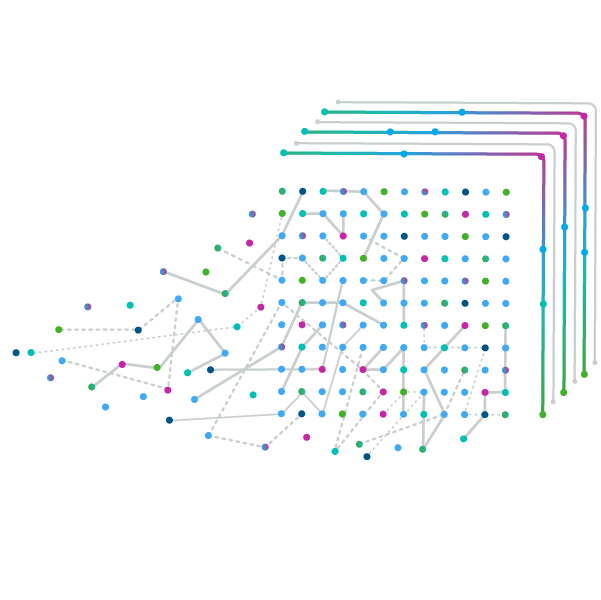
See markets more clearly. Opportunities more often.
Elevate commercial models with precision and speed using AI-driven analytics and technology that illuminate hidden insights in data.
COMMERCIALIZATION OVERVIEWCommercialization Quick Links
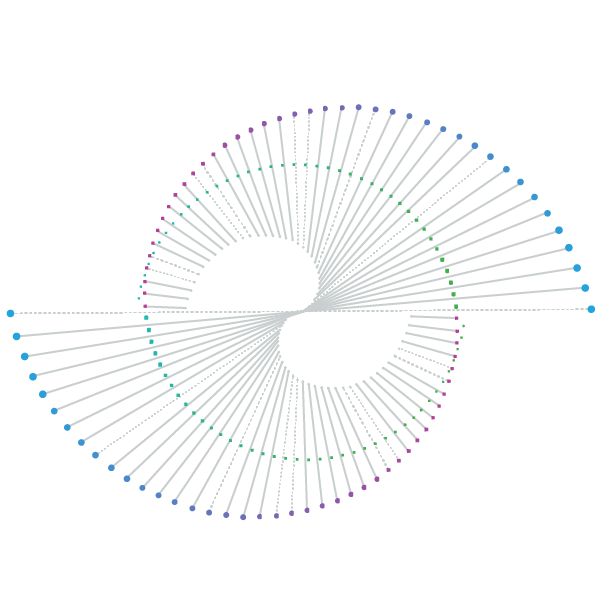
Service driven. Tech-enabled. Integrated compliance.
Orchestrate your success across the complete compliance lifecycle with best-in-class services and solutions for safety, regulatory, quality and medical information.
COMPLIANCE OVERVIEWSafety & Regulatory Compliance Quick Links
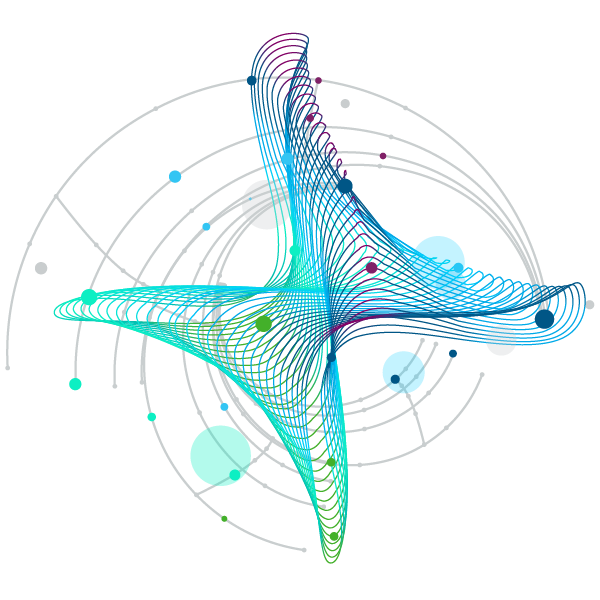
Intelligence that transforms life sciences end-to-end.
When your destination is a healthier world, making intelligent connections between data, technology, and services is your roadmap.
TECHNOLOGIES OVERVIEWTechnology Quick Links
CLINICAL PRODUCTS
COMMERCIAL PRODUCTS
COMPLIANCE, SAFETY, REG PRODUCTS
BLOGS, WHITE PAPERS & CASE STUDIES
Explore our library of insights, thought leadership, and the latest topics & trends in healthcare.
DISCOVER INSIGHTSTHE IQVIA INSTITUTE
An in-depth exploration of the global healthcare ecosystem with timely research, insightful analysis, and scientific expertise.
SEE LATEST REPORTSFEATURED INNOVATIONS
-
IQVIA Connected Intelligence™
-
IQVIA Healthcare-grade AI™
-
IQVIA AI Assistant
-
Human Data Science Cloud
-
IQVIA Innovation Hub
-
Decentralized Trials
-
Patient Experience Solutions with Apple devices
WHO WE ARE
- Our Story
- Our Impact
- Commitment to Global Health
- Code of Conduct
- Sustainability
- Privacy
- Executive Team
NEWS & RESOURCES
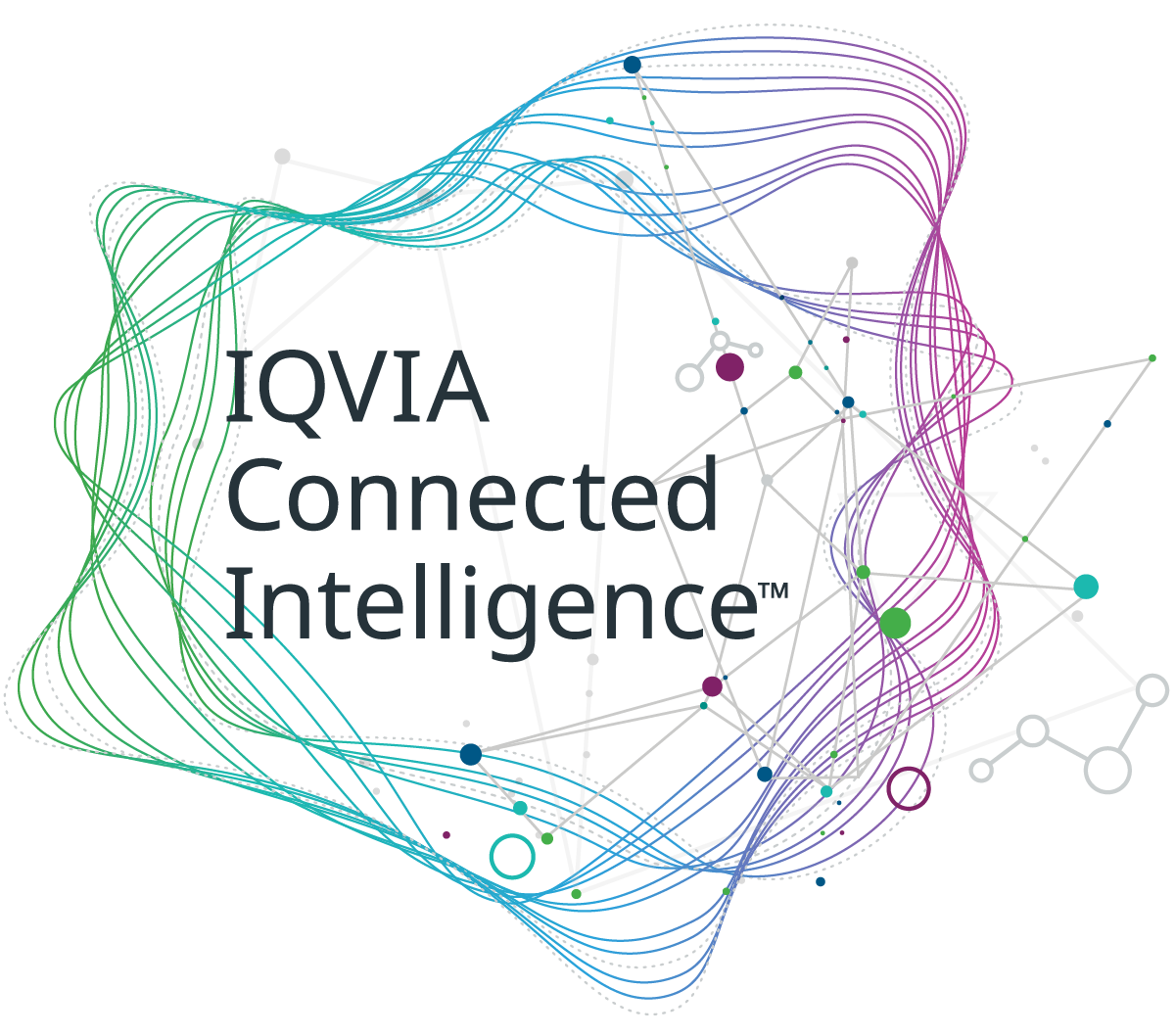
Unlock your potential to drive healthcare forward
By making intelligent connections between your needs, our capabilities, and the healthcare ecosystem, we can help you be more agile, accelerate results, and improve patient outcomes.
LEARN MORE
IQVIA AI is Healthcare-grade AI
Building on a rich history of developing AI for healthcare, IQVIA AI connects the right data, technology, and expertise to address the unique needs of healthcare. It's what we call Healthcare-grade AI.
LEARN MORE
Meet the IQVIA AI Assistant
Your new expert analyst is here. Be at the forefront of data-driven decision-making with a new generative AI tool that enables you to interact with our products and solutions like never before. Get results you can trust, faster.
LEARN MORE
Your healthcare data deserves more than just a cloud.
The IQVIA Human Data Science Cloud is our unique capability designed to enable healthcare-grade analytics, tools, and data management solutions to deliver fit-for-purpose global data at scale.
LEARN MORE
Innovations make an impact when bold ideas meet powerful partnerships
The IQVIA Innovation Hub connects start-ups with the extensive IQVIA network of assets, resources, clients, and partners. Together, we can help lead the future of healthcare with the extensive IQVIA network of assets, resources, clients, and partners.
LEARN MORE
Proven, faster DCT solutions
IQVIA Decentralized Trials deliver purpose-built clinical services and technologies that engage the right patients wherever they are. Our hybrid and fully virtual solutions have been used more than any others.
LEARN MORE
IQVIA Patient Experience Solutions with Apple devices
Empowering patients to personalize their healthcare and connecting them to caregivers has the potential to change the care delivery paradigm.
LEARN MOREIQVIA Careers
Featured Careers
Stay Connected

WE'RE HIRING
"At IQVIA your potential has no limits. We thrive on bold ideas and fearless innovation. Join us in reimagining what’s possible.
VIEW ROLES- Blogs
- The Future of Drug Safety: A Transformative Vision for Pharmacovigilance
The landscape of pharmacovigilance (PV) is constantly changing, as new technologies and intelligence are adopted, resulting in significant growth and transformation in the industry. As someone who's watched the PV space evolve, it’s both exciting and a bit daunting. We're looking at a market that's about to explode from today's $5-7 billion to potentially $30 billion by 2032. Even if you're skeptical and want to cut that number down to $20 billion, it's still massive growth and a trajectory that brings both opportunities and challenges for industry professionals.
The scale of change becomes particularly evident when examining our data management requirements. A decade ago, a typical safety case file occupied roughly 2MB of data.
Those days are long gone. Now we're swimming in audio files, videos and documents that can easily push cases to 20MB or more. That's a tenfold increase, and it's not just about storage - every bit of that data needs to be fundamentally analyzed and understood.
Perhaps our most pressing challenge, however, lies in workforce development. The industry currently requires approximately 50,000 professionals globally for PV activities, with projections indicating a need for an additional 5,000 workers in the coming year alone. This growth comes at a time when we face significant demographic challenges, including an aging workforce—especially in regions like Japan—and increasing difficulty in attracting new talent to the field.
Artificial Intelligence (AI) has emerged as a critical solution to these scalability challenges. While traditional process optimization and basic automation have reached their natural limits, AI demonstrates the potential to transform our operations dramatically - in some cases reducing manual intervention requirements by 90% or more. However, we must ensure this technological advancement maintains transparency through explainable AI (xAI), particularly crucial in healthcare decision-making.
xAI makes AI decision-making transparent rather than a "black box." It balances explainability with accuracy by using complex algorithms for predictions while providing detailed visual and textual explanations of the reasoning behind each decision. This helps build trust, identify biases and allows users to validate and refine the AI system based on context.
The evolution of clinical trials presents another dimension of complexity. We're pushing for more diversity, which means running complex multi-country, multi-ethnicity trials. And we're not just tracking basic safety anymore - we're analyzing how different factors intersect across various trial stages, indications, demographics and specific regulatory requirements. This complexity demands more sophisticated analytical approaches than ever before.
But here's what really gets me excited: we're finally moving from reactive to proactive pharmacovigilance. Imagine catching potential issues before they become problems, using real-time patient monitoring through connected devices. We're talking about integrating data from clinical trials, medical information, safety reports and patient feedback to spot patterns and prevent adverse events before they happen. Real-time patient monitoring through connected devices is becoming a reality, enabling preventative interventions rather than reactive responses.
However, successful implementation requires more than incremental improvements. This isn't something we can accomplish with baby steps. Organizations need to embrace wholesale change—and they need to do it now, not wait until they’re in crisis mode—by partnering with technology providers who understand both the technical and organizational dimensions of change. Organizations must fundamentally rethink how they approach safety processes. This means developing integrated systems that connect patient devices, healthcare provider systems and pharmaceutical databases in real-time.
The future I see is one where everything is connected—patient devices talking to healthcare systems talking to pharma databases, all in real time. It’s ambitious, but it’s also necessary.
While the challenges are significant, they’re matched by the potential benefits: enhanced patient safety, more efficient drug development, and more effective adverse event prevention. As we move forward, collaboration between industry stakeholders will be crucial to realizing this vision of a more proactive, integrated approach to drug safety.








